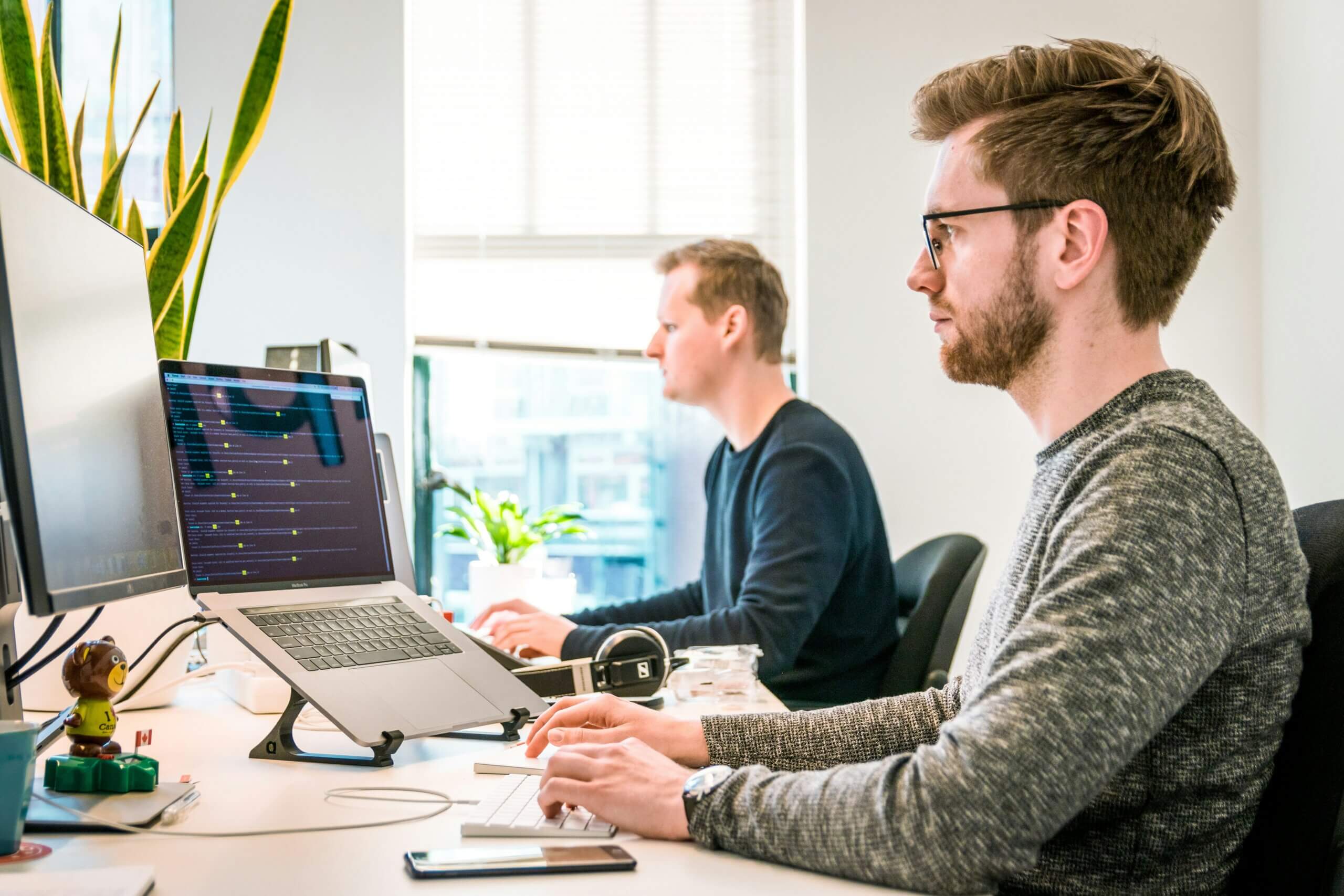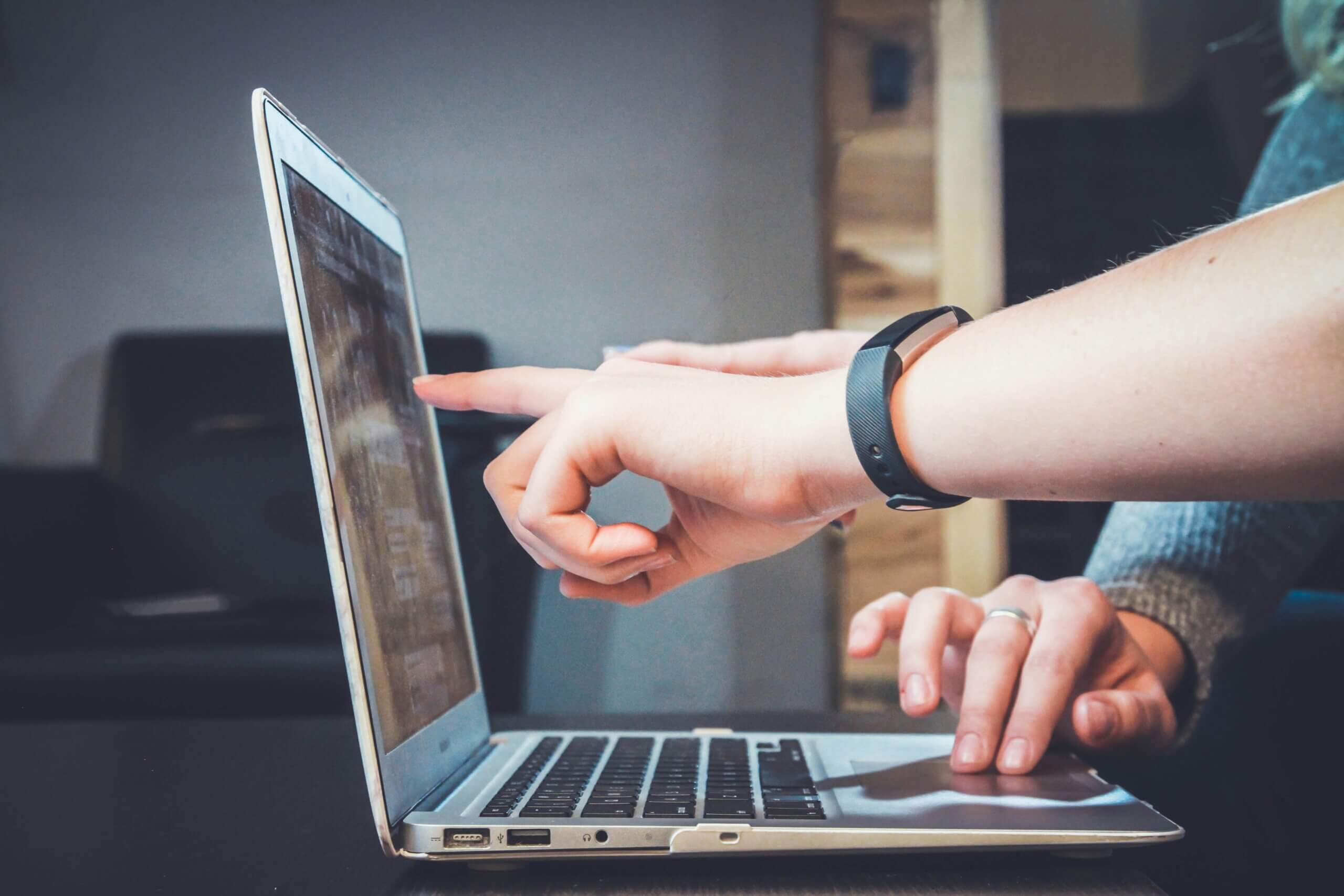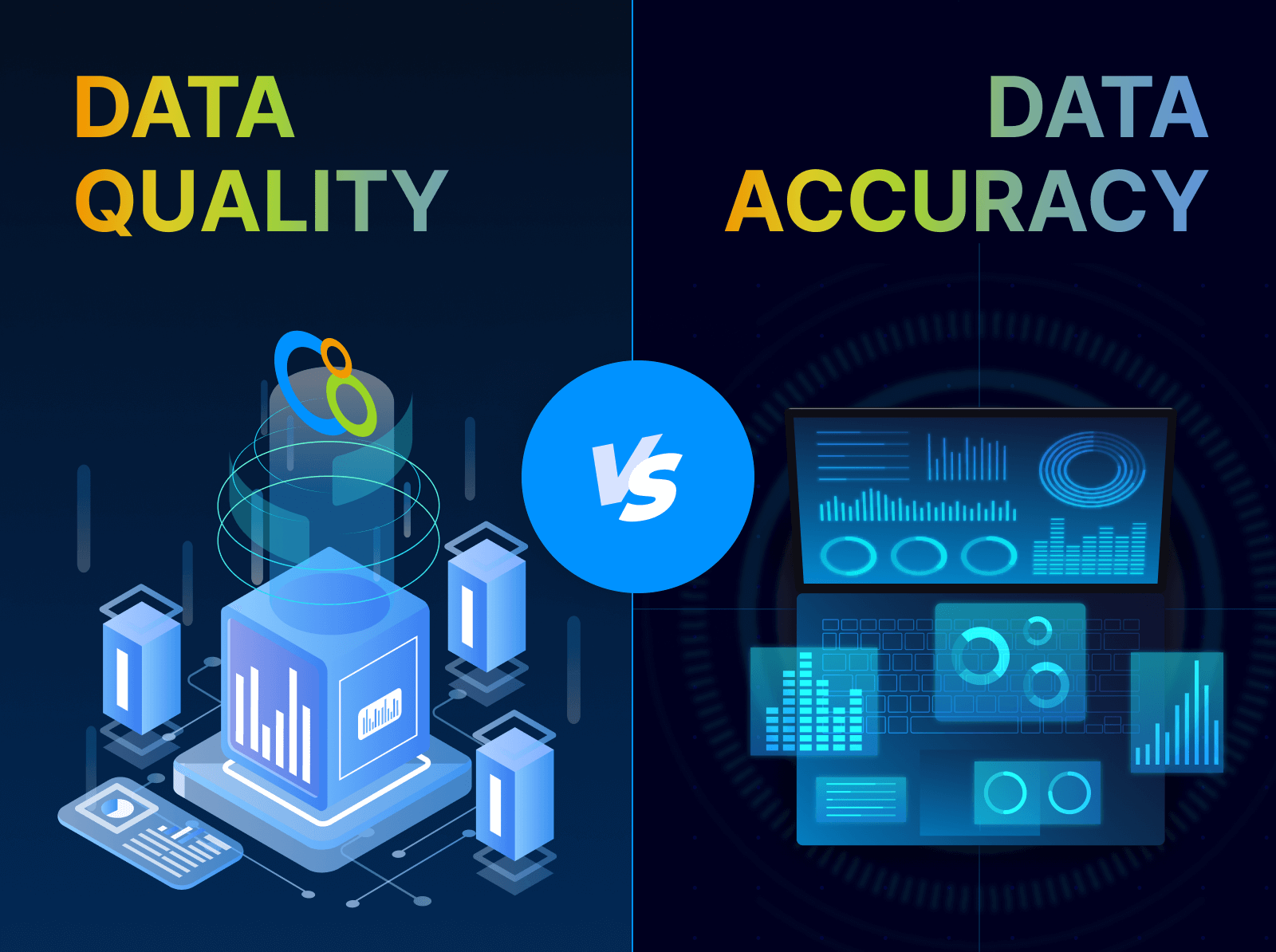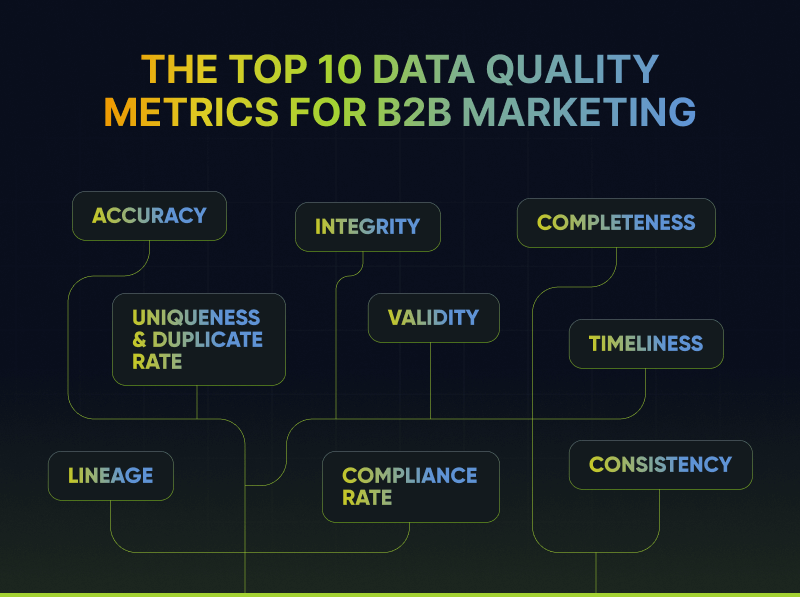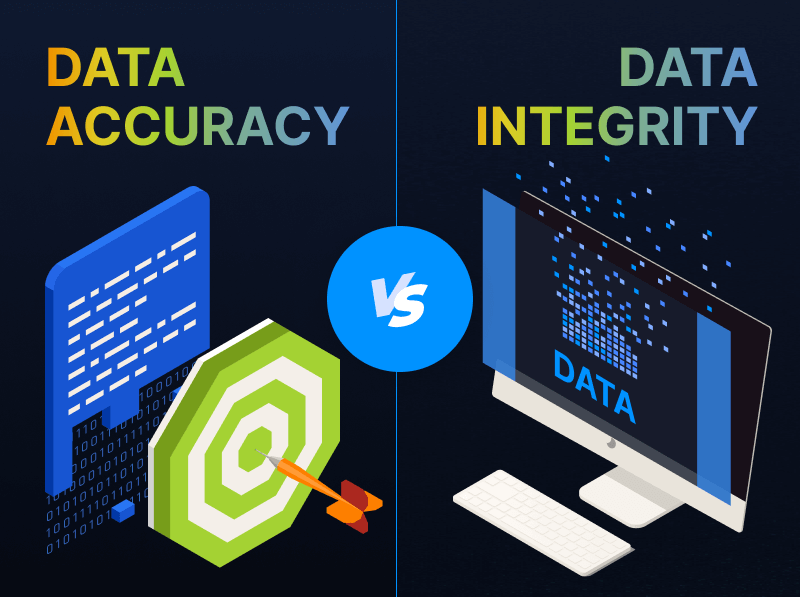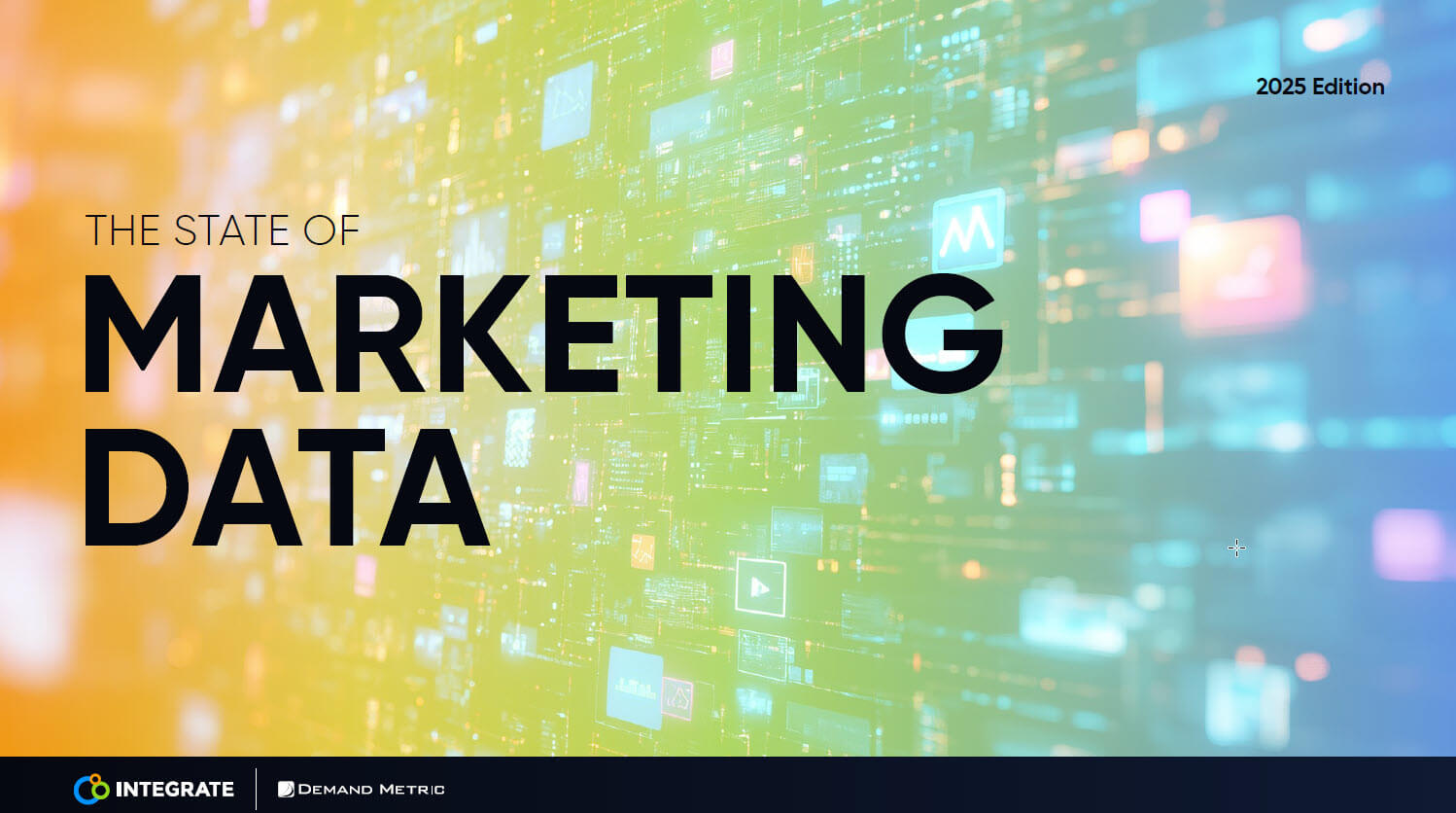4 Questions Asked About Precision Demand Marketing in Practice
It’s been so great to reconnect with friends, customers, and partners at a number of in-person events that I’ve attended recently. One of the major highlights for me was facilitating a workshop for 50+ attendees—including revenue marketers, digital marketing folks, event and field marketers, and a variety of other marketing leaders—where we really got to dig in and discuss Precision Demand Marketing and putting it into practice. Some common questions emerged as participants engaged in conversations with me and each other, including:
- How can we architect buyers’ journeys to make the right brand connections?
- How do we ensure we are not operating in marketing silos?
- How should B2B marketers develop their target account strategy?
- How do I then activate my target accounts across channels?
The conversations went deep and it was thrilling to hear everyone share their thoughts on these topics. We even asked our friend and customer Matt Mullin from Tenable to provide some insights during the workshop. Discover more about some of these major questions tackled during the workshop below.
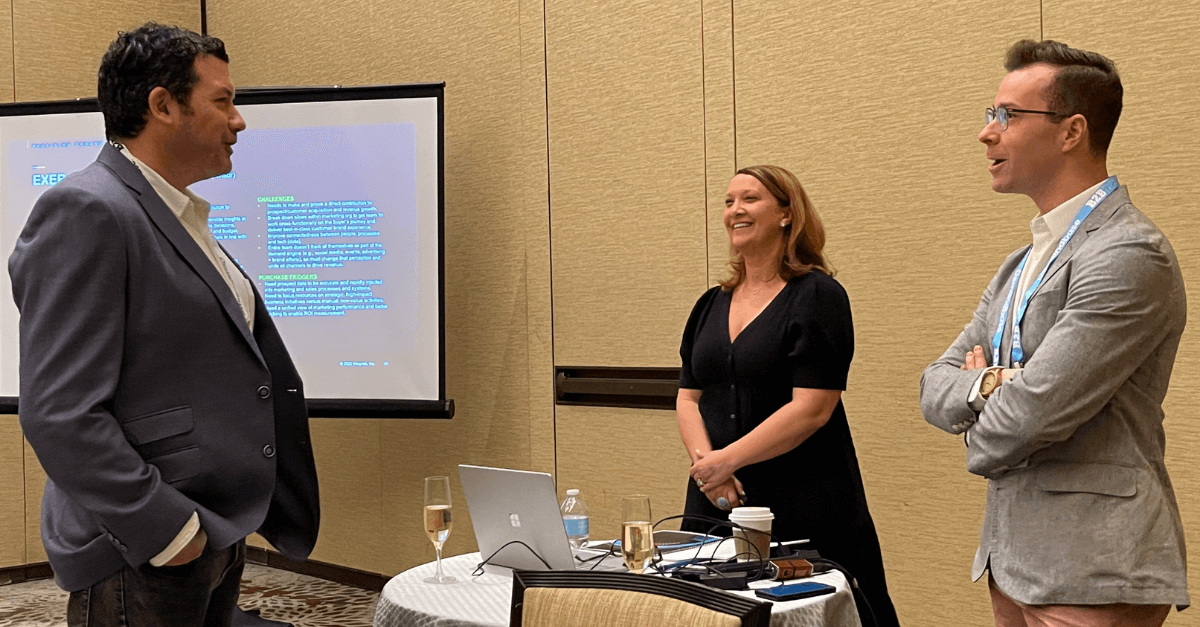
1. How can we architect buyers’ journeys to make the right brand connections?
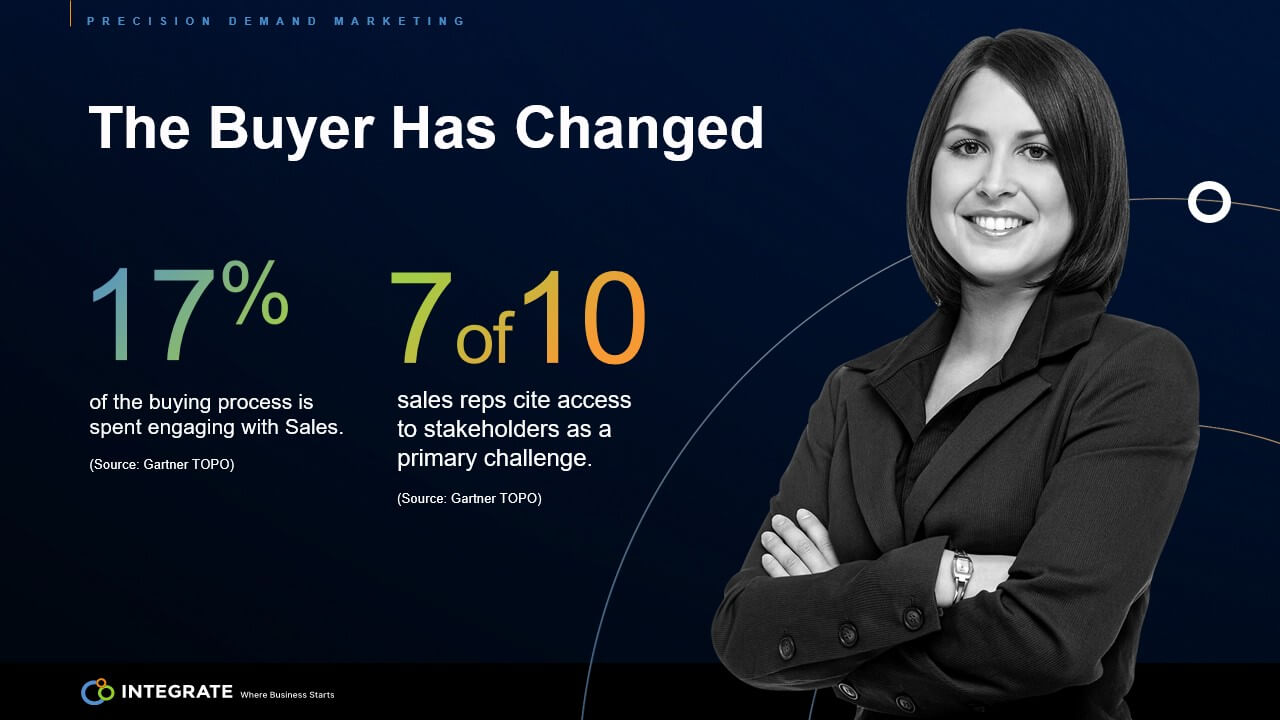
The buyer has changed. Gartner reports that only 17% of the buying process is spent engaging with Sales. And their journey is not linear. Buyers expect to engage in the channel of their choice, at any given moment in time when they are in-market. At the end of the day, there is only one process that matters in B2B marketing and it’s the buyer’s process.
Marketers now have such a big opportunity to impact the sales cycle. It is our job to deliver the right message at the right time to the right buyer — to make that connection. Increasing reliance on digital experiences that guide and influence purchasing decisions opens up the potential to further influence buyer connections and the sales cycle.
We marketers are going to have to pivot to a buyer-driven, omnichannel Precision Demand Marketing approach if we hope to survive in today’s world. And one thing we know for sure is that if we don’t get the connection right, our competition will.
2. How do we ensure we are not operating in marketing silos?
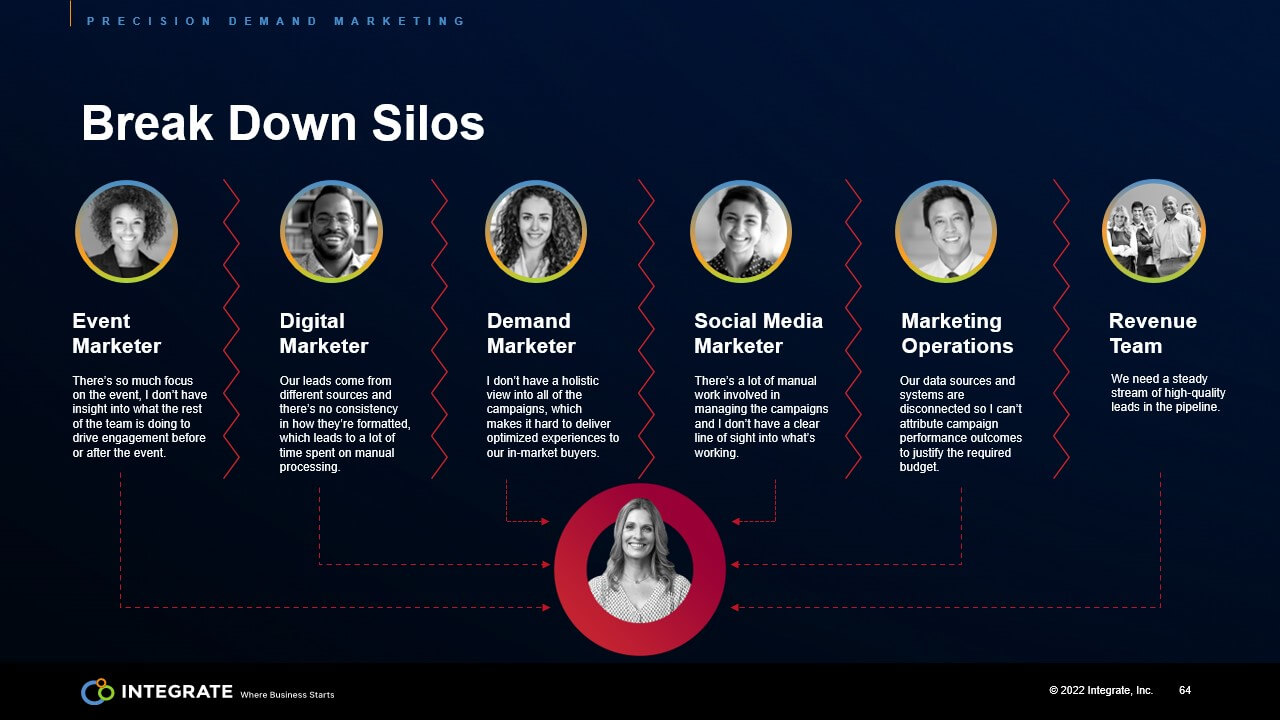
Cross-Channel Collaboration. We heard from many colleagues and peers that breaking down silos is hard and we get it. It is fair to say that Martech and traditional marketing functions have hindered cross-channel collaborative work. For example, it is not uncommon for event marketers to have event marketing technology, digital and social marketers to focus solely on social media channels, and so on. I recommend starting with some cross-channel thinking across functions. Bring together digital marketing (display & paid media) partners, demand and event marketing, and Marketing Operations (MOPs) as key partners to help orchestrate a fully realized event journey. Utilize your marketing technology in concert with MOPs to optimize the buyer’s journey. Unified processes and martech allows marketers to execute campaigns with common buyer experiences.
I especially love this quote from Leslie Alore of Ivanti:
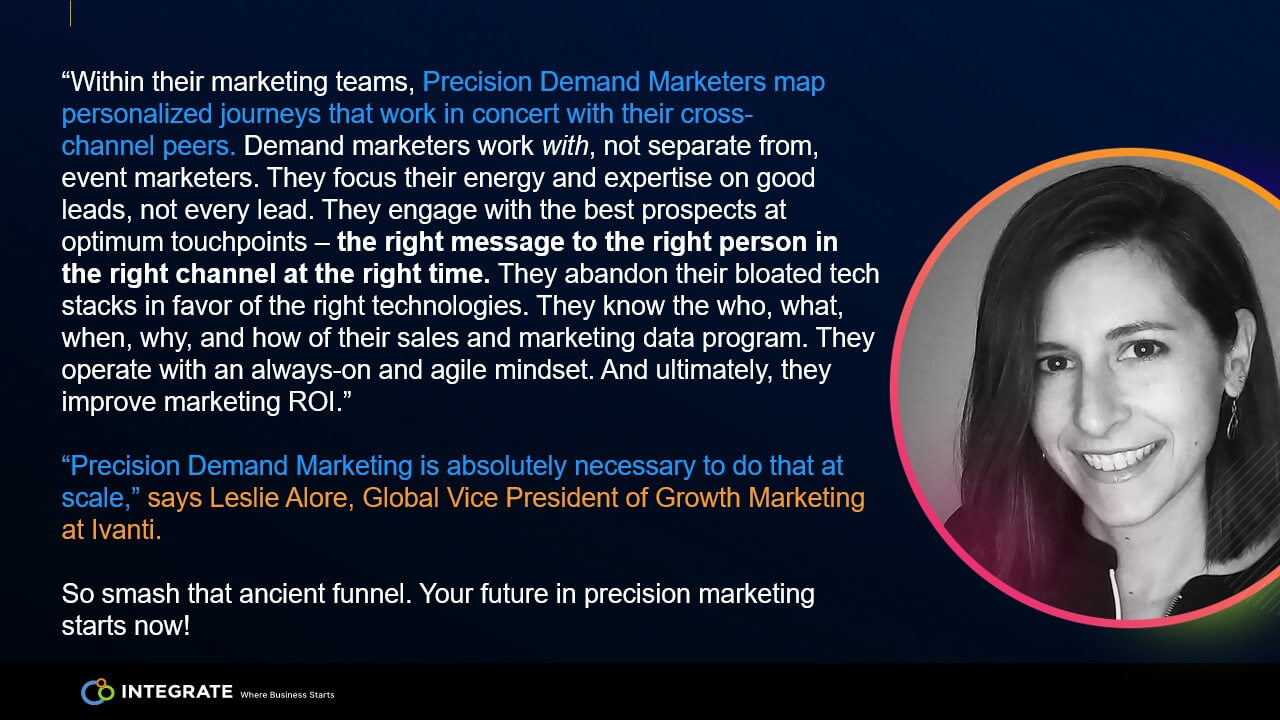
3. How should B2B marketers develop their target account strategy?
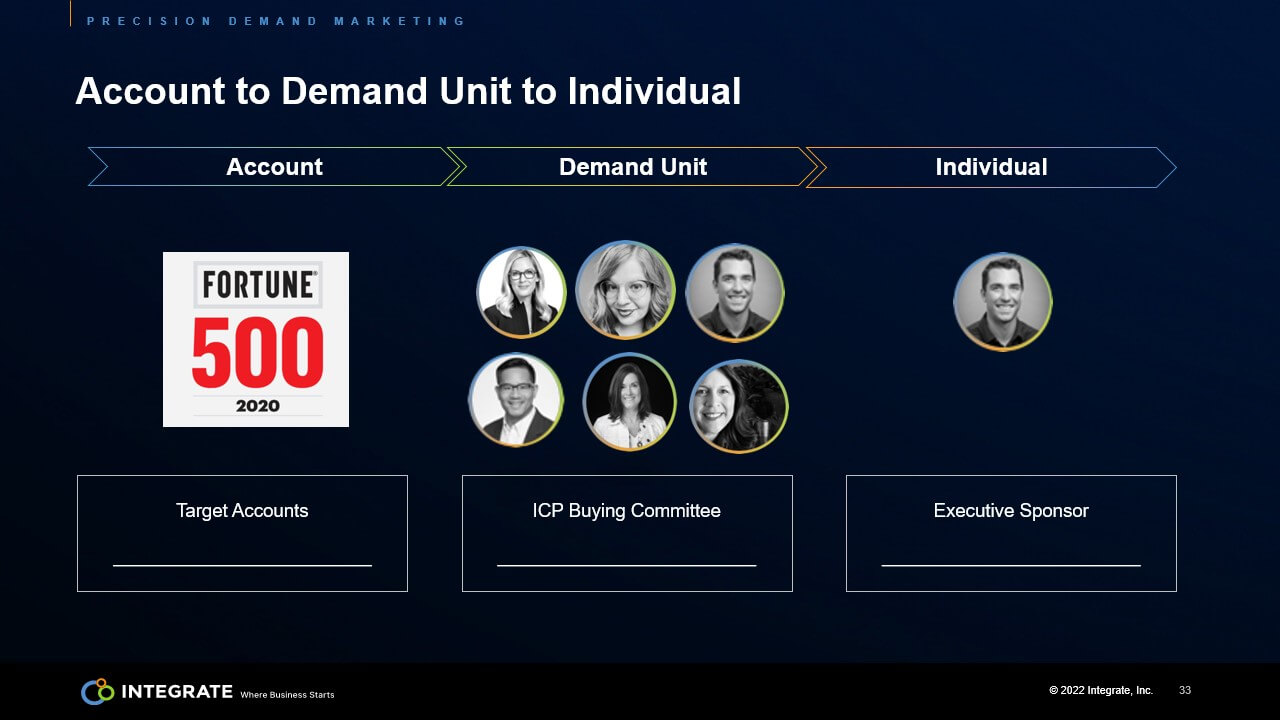
We’re not selling to accounts; we’re selling to people. At Integrate, we utilize this approach for relentless orchestration to best connect with our buyers.
Bombora research shows that only 15% of target accounts are truly in-market to purchase your solution at any given time, so start by surrounding the right accounts. Intent data from sources like Bombora and G2 help refine your target accounts and home in on those showing signals. You can then adjust the account targeting (and spending) against an account list that has shown intent, and also displays the firmographic and demographic data that meets your ICP criteria. Capitalize on those right accounts in-market.
The next step? Begin building out and connecting with the buying committee. The account signals drive the deeper persona work at the Demand Unit or buying committee level. Begin connecting personalized content to the personas through content syndication or third parties who are buyers and influencers reaching them in their industry networks or watering holes. With upwards of 12-18 personas in a buying committee, and a much higher number of touches per member (22-25 touches), those digital touch points are critical.
Personalize your individual buyer experience to make empathetic buyer connections. Find personalized, creative ways to build trust with 1:1 journey’s including personalized videos, chatbot experiences, direct mail and live events.
4. How do I then activate my target accounts across channels?
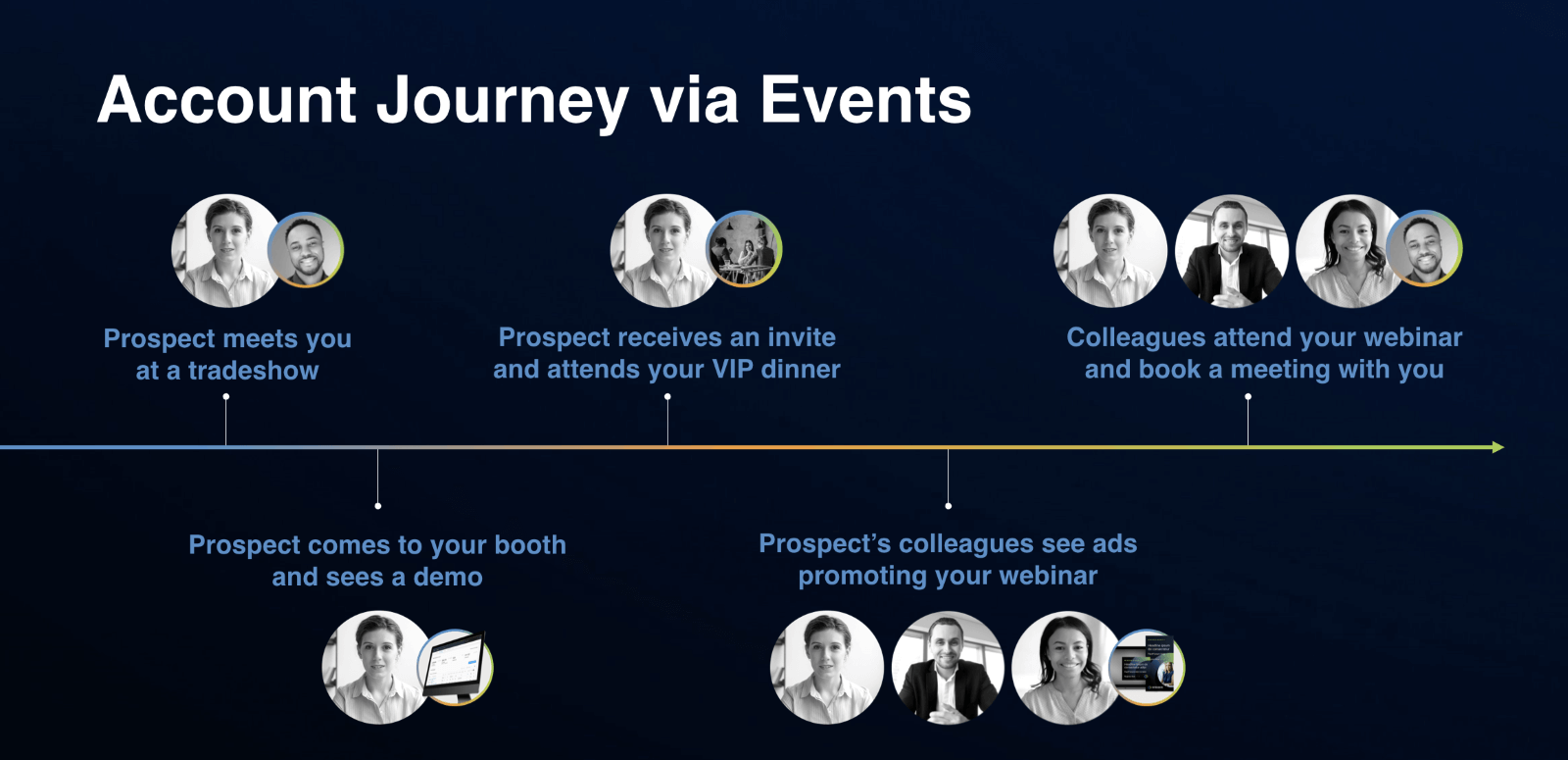
Having target accounts and in-market intent signals are crucial. These signals become even more powerful when B2B marketers can activate campaigns across channels to meet the buyers where they are. The buyer is telling us from their digital journey what their preferences are in their sales cycle.
Cross-channel journeys are the way forward, whether it’s through content syndication, digital ads, webinars, in-person events, or social. Integrate fills this activation need.
Take, for instance, creating a connected events strategy using Integrate’s Precision Events. Imagine meeting someone at an event, inviting them to a VIP dinner, and then reaching them post-event via social. They then click on our social post, go to our website and download an ebook or sign up for a webinar that interests them. Instead of the traditional event marketing approach of “we met at an event and I’m going to send you a follow-up email and then end of story,” you now have a much richer experience that meets your buyers where they are and guides them through choosing their own adventure.
Activating Precision Demand Marketing Across Channels
Today’s world is buyer-driven and omnichannel. I encourage marketers to go back and share these best practices across their teams with Sales, Finance, and their broader marketing team, including MOPs.
If you’re ready to break down silos, check out our latest Precision Demand Marketing Workbook. This resource covers the steps you can take to turn on Precision Demand Marketing in your organization, and we hope you work to break down silos within your organization and share with us here at Integrate.
And if we are truly listening to the buyer, we acknowledge change must take place.


